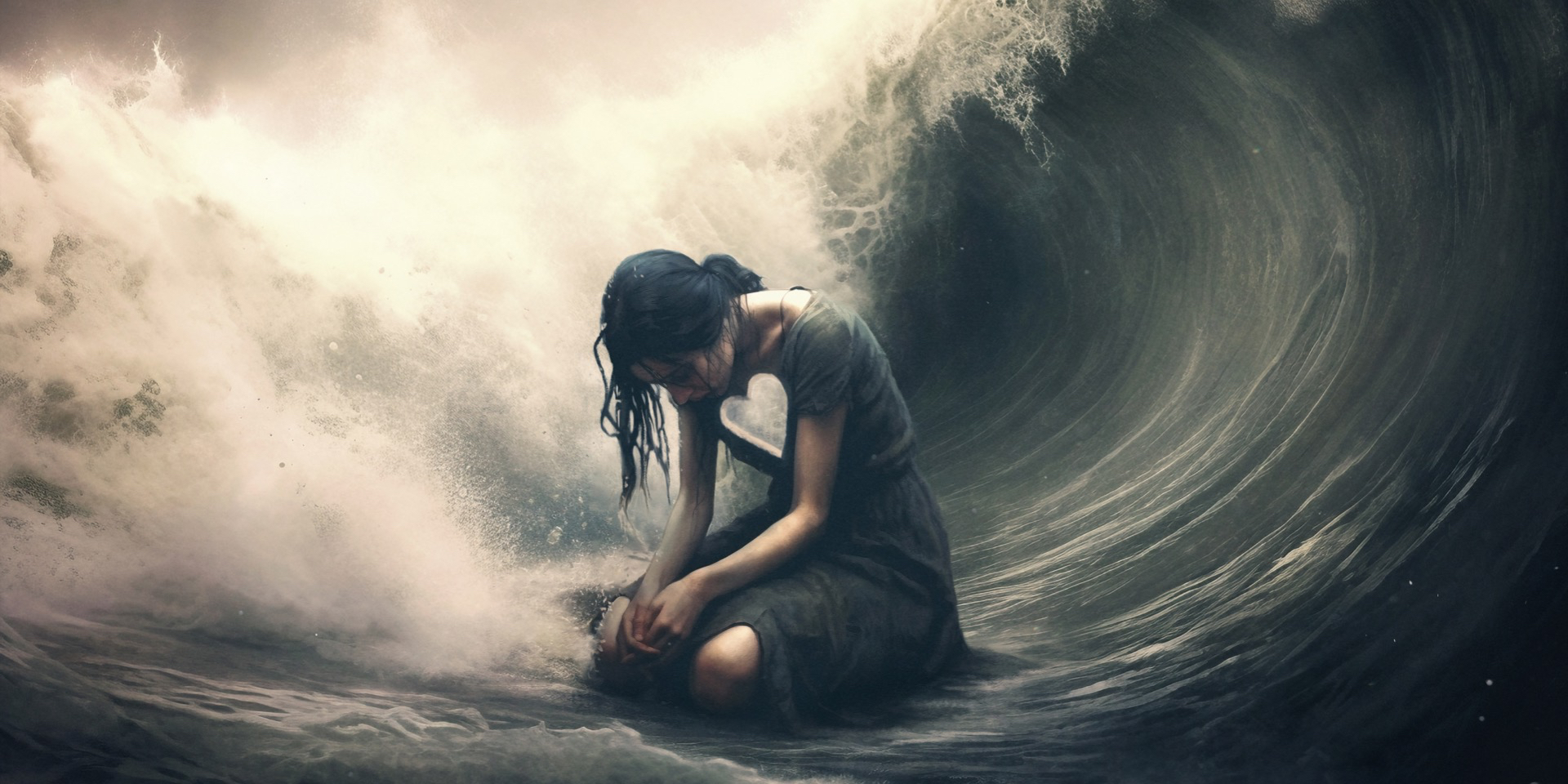In 2004, we experienced firsthand one of the most devastating tsunamis of our century. It was early morning, on Boxing Day.
Many of the tourists who had chosen to spend their New Year’s Eve in the Thai resorts of Phuket had ventured out to the beach to recover from a night of revelry, invigorating themselves in the salty breeze of the ocean.
Others were scouting the restaurants along the shore, seeking breakfast in the company of waves and bold seagulls. Just before 8 o’clock, a powerful earthquake was felt. Tiles and vases with flowers fell, bottles and glasses shattered on the tables of the restaurants, walls and streets cracked, and people screamed in panic. After 8-10 minutes, everything quieted down, as if nothing had happened.
Most people breathed a sigh of relief and continued enjoying the sand, sun, and splashing in the ocean, probably thinking about what they would share when they returned home. Others, frightened, packed their belongings and hurried back to their hotels. Over an hour after the earthquake, the ocean waters began to recede, revealing the sandy gums of the shore in a sinister smile. A few curious tourists, fascinated by the unexpected abundance of fish and shells, ventured to collect them. In less than half an hour, a gigantic wave up to 9 metres high mercilessly rolled over the shores. It greedily swallowed everything in its path—buildings, trees, cars, and people.
Most survivors were those who climbed to higher ground and hills, far from the fury of the waters. Others climbed trees, rooftops, hoping that the ocean would calm its anger and behave. But the seismic waves continued to bite into the shore for many hours thereafter, each time taking with them more debris from the buildings along the coast and more human lives. The disaster affected 18 countries and claimed the lives of over 200,000 people.
In 2019, we experienced firsthand one of the most devastating pandemics of our century. It was again Boxing Day when Chinese doctors identified a new type of coronavirus in several pneumonia patients. With the emergence of the first victims, seismic tremors began to be felt worldwide, beginning in the medical field. Many ignored the warnings and carried on with their lives. Others barricaded themselves at home, with their cupboards stocked with disinfectant and canned goods.
The medical earthquake of 2019 was the epicentre of a global tsunami that reached nearly every country in the world, claiming the lives of millions of people. Even today, the waves of political and economic uncertainties still torment the lives of many, debilitating people’s mentalities with depression and anxiety. Any external tsunami eventually surges inward, bringing a devastation of fears, worries, and uncertainties.
The tsunami hit me on the inside as well. When the tranquillity and normalcy of yesteryears began to recede month after month, I knew what was to come. I sought to prepare a refuge, a high ground where I could shelter my hopes before they drowned. Around me stood heaps of accomplishments, towering and self-assured. Forests of material possessions, some more extravagant than others, promising me comfort at lofty standards. Elaborate structures, spanning multiple levels, erected on personal opinions, relationships, and promises. But regardless of the height of the edifices in which I sought refuge, they were all shattered overnight by the waves of a new reality. It was all reduced to rubble, dragging my spirit down with the weight of regrets.
The tsunami in my soul robbed me years on end of bits and pieces of my trust and joy. I tried to survive by holding my breath and frantically waving my hands and feet. But after years of turmoil, I realised that I actually don’t know how to swim. That all this time, I’ve been mimicking gestures and emotions. That I’ve grown tired of floating, clinging to theories. I needed something solid, unwavering, and big enough to hold all my past disappointments.
That’s when I stumbled upon the tiny pebble in my chest pocket. The pebble didn’t seem like a safe investment, as it was as small as a mustard seed. But from that pebble, a mountain grew, standing majestic before me, unafraid of waves and whirlpools, promising me a secure refuge from any tsunami that might crash upon me. This year, more than ever before, I started nurturing my pebble every day. It grows according to the strength of my faith, sometimes more, other times less. And every day, the seedling mountain starts anew.
When I have faith, the mountain in my heart reaches up to the sky. On it, I can dry my heart from fear and doubt. I find respite from the harassment of worries and have the patience to await promised fulfillments. But I still have days when I forget to believe all the way through, to believe in the impossible, and the mountain remains small, barely lifting my head above the turmoil. And then, I cry out loudly, “I do believe; help me overcome my unbelief!”
Denisa Selagea aims to provide a survival guide, based on her personal experience, for situations where we confront cataclysms that penetrate our souls and wreak havoc through fear, doubt, and mistrust.
